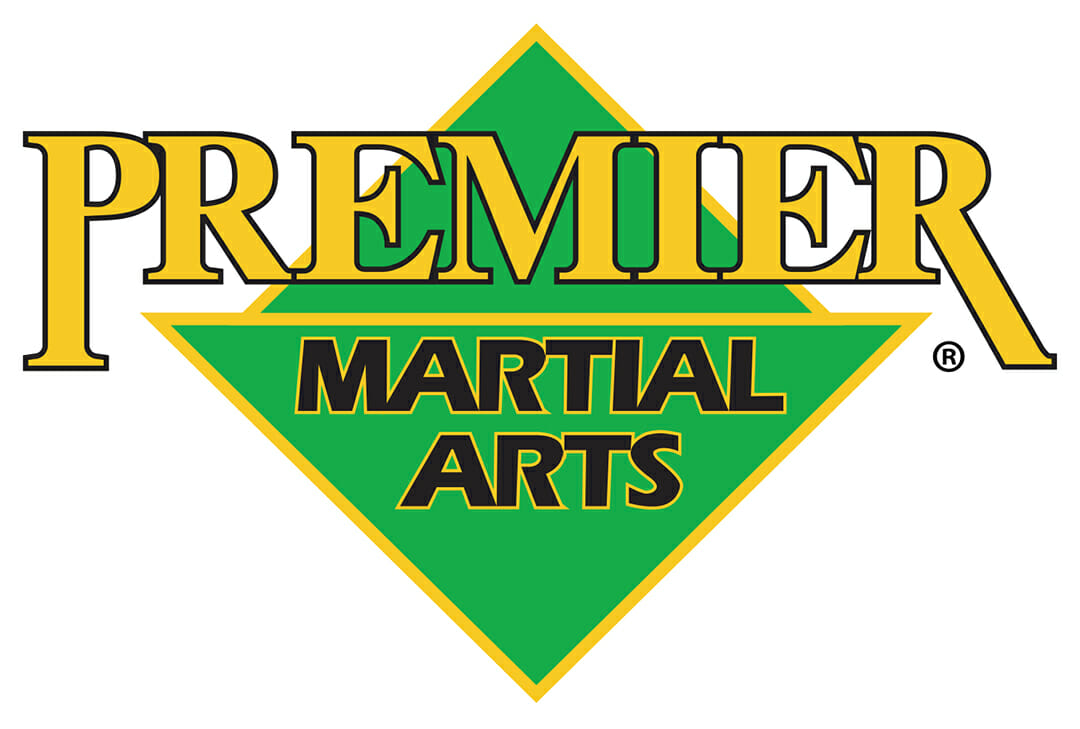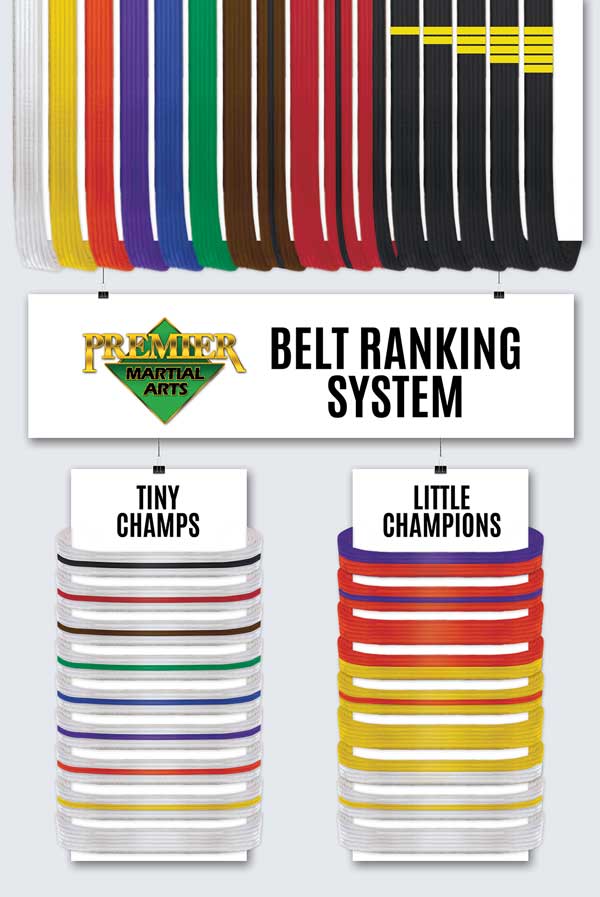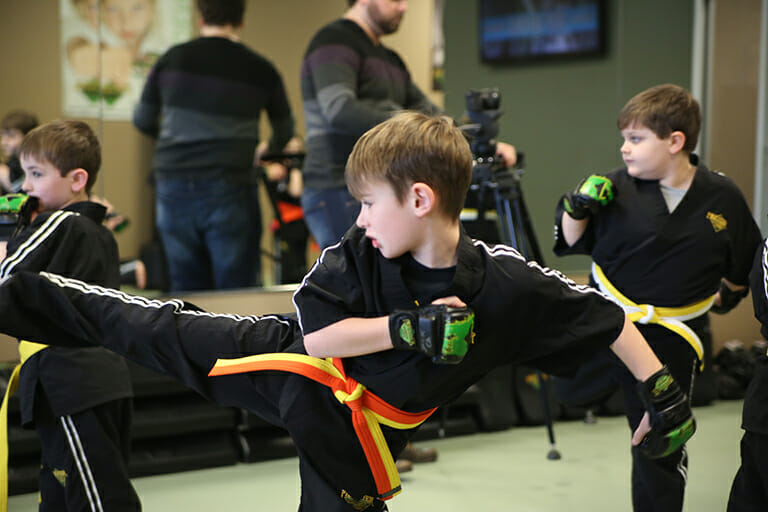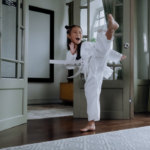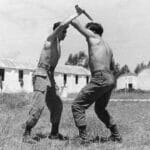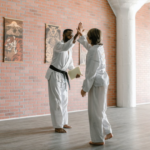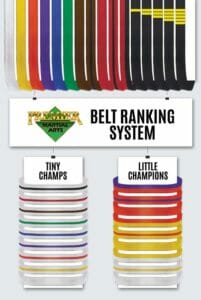
The History of Belt Ranking in the Martial Arts
The discipline and dedication that is associated with the long history of the martial arts are well symbolized the famous belt color ranking system. The black belt itself has become so synonymous with the martial arts as to become a phrase outside the practice used to denote expert skill. While the martial arts has a rich and complex history and system of study that most people aren’t familiar with until they begin their practice, the belt ranking system is one famous practice that everyone is familiar with. Yet, even this practice is shrouded in myth and has a complicated history that most are unaware of, including some practitioners today!
To understand the history of belt ranking in the martial arts requires a primer on Japanese culture itself. The commonly told origin story for belt ranking says that students would begin with white belts and throughout their studies this belt would reflect their time spent in practice, becoming soiled with sweat, grass, blood, and dirt. Students were never to wash their belts, as this would wash away the experience they had accumulated that their soiled belt reflected. Even now, many martial arts schools encourage students not to wash their belts, though it’s more likely done to protect the quality from washing machines than to preserve the “experience” accumulated on the belt itself.
While the myth of dirty belts is a common one, there’s no evidence to support it. Instead, it’s highly unlikely students were ever commanded against washing their belts, as the Japanese culture where the first ranking systems originated values cleanliness and respect, something a student practicing with a soiled belt would most likely offend. However, the practice of ranking students in various disciplines has widely occurred throughout Japan for centuries. While the belt — called obi (帯) in Japanese — ranking system is a relatively recent development, only having originated in the 19th century, the earliest form of ranking in martial arts spans as far back as the 8th century.
Menkyo (免許), which translates to “license,” is the original martial arts ranking system. Masters would issue a calligraphed scroll that functioned as a certificate acknowledging a student’s mastery and skill. Belts were not originally used to indicate any information — they were not used at all in the Okinawan origins of karate, as practitioners trained in kimonos.
The innovation of using a belt-based ranking system can be laid at the feet of esteemed educator, athlete, and founder of Judo, Kanō Jigorō (嘉納 治五郎). He was a talented martial artist that valued experimentation and innovation; he even once demonstrated jūjutsu for a U.S. president visiting Japan in 1879, Ulysses S. Grant. Kanō was also a skilled educator, even serving several years as the director of primary education for the Ministry of Education in Japan. It was his efforts that brought the teaching of judo into Japanese public schools. As such, he recognized the need for a more ordered ranking system that would better allow for matching competitors against opponents of comparable skill.
The first iteration of the belt ranking system was not as colorful as the system we know today. In 1883, Kanō originally divided students into 2 ranks and ascribed 1 belt color to each of those ranks and thus the dan (段) system of ranking was born. The dan grades are considered ranking and categorized under the term yūdansha (有段者) — which translates into “person who has dan.” The kyū grades are mudansha (無段者) — “person without dan.” The dan levels received a black belt — kuro obi (黒帯) — while the kyū levels received a white belt — shiro obi (白帯). Kanō is said to have been inspired by the 2,500 year old Chinese strategy game Go, where players are also ranked using the kyū and dan system.
The system of belt ranking did not immediately spread throughout the martial arts and the world. In fact, it wasn’t until 1956 that the Okinawa Karate Federation was formed and the kyū/dan system was universalized. The steady adoption of the belt ranking system by martial arts outside judo first occurred in 1924, when the martial artist considered the founder of modern karate, Gichin Funakoshi (船越 義珍), awarded the first karate black belts. Byung Jick Ro, the founder of modern taekwondo, also adopted the belt system into his teachings. While the belt ranking system first appeared in judo, it ultimately spread throughout the martial arts to become one of the common associations most people have with the practice.
The system of colored belts we have today appeared when judo master Kawaishi Mikonosuke (川石 酒造之助) began teaching in Paris. He was commissioned to teach jujutsu to the French Police in the 1930s and during his time in Europe devised the colored belt ranking system, possibly as a device for providing more incentive for students. The Premier Martial Arts belt ranking systems include the following colored belts as follows:
- white
- yellow
- orange
- purple
- blue
- green
- brown
- red
- red/black
- black
Today there is much symbolism given to each belt color. In Premier Martial Arts, the white belt is said to represent a new seed, yellow symbolizes the sunlight that grows the seed, orange represents the power of the sun in growing that seed, green symbolizes the sprouting of a new plant, blue is seen as the sky the plant reaches towards in growth, purple is a sky at dawn that indicates transition, brown represents the ripening of the plant, red symbolizes the sun once more in a later stage, and black is the darkness beyond the sun that represents the restarting the cycle as students are now masters that can pass on their knowledge.
The belt system even in its most simple origins or in its more symbolized and colorful present is a valuable and momentous tradition. Many schools will recognize a student’s achievement with a belt ceremony as the rise through the ranks. While the belt ranking system has existed for only a fraction of the long and rich history of the martial arts, it’s become a treasured rite of passage for many today.
If you are interested in Premier Martial Arts training for you or your family, check out our convenient nationwide locations.

